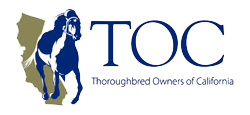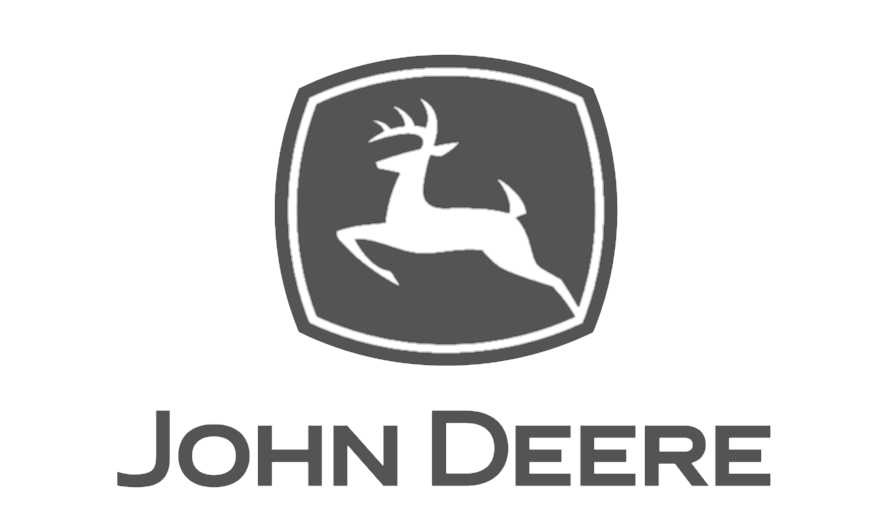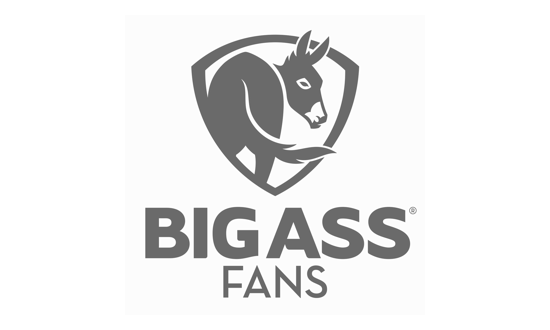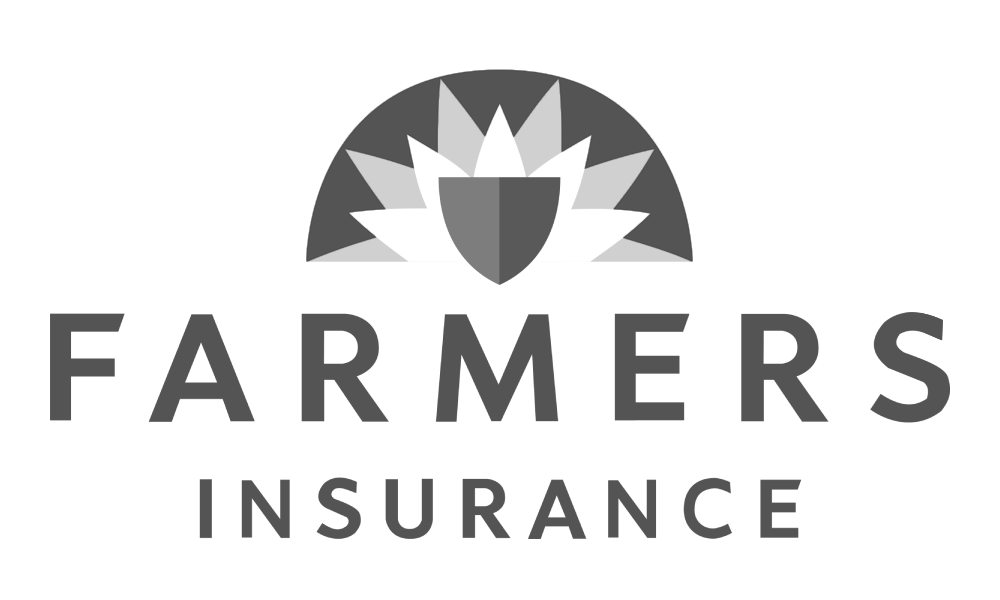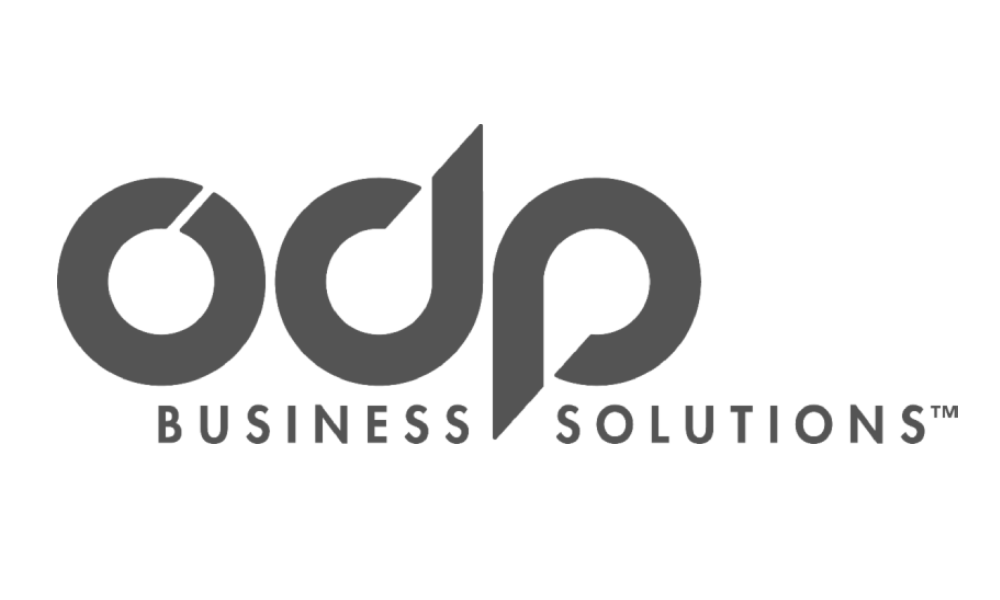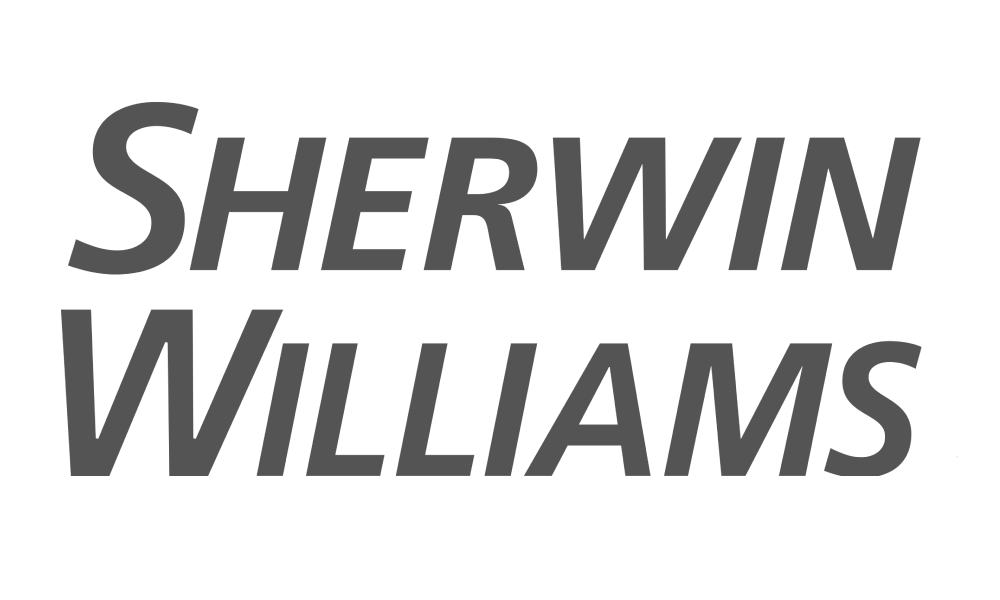An Overview of Equine Insurance
By Ray Hemphill
Ownership of thoroughbreds, whether for racing or breeding, is a past time that can be the source of great personal pleasure and financial reward. However, like most pursuits in life, it also can be a financial risk that goes well beyond one’s expectation and intended budget. With exposures to liability for bodily injury and property damage as well as property loss, the prudent horse owner should minimize his or her risk either by obtaining insurance, transferring the risk, or by implementing a disciplined self-insurance program.
Whether a person owns one horse or one hundred, the predominant goal should be the aversion of liability for bodily injury or property damage caused by one’s horse. While an owner may be able to sustain the loss of a horse, it may be an entirely different matter should one be named as a defendant in a lawsuit.
It has been my experience that many owners believe that their liability exposure from horse racing is assumed either by their homeowner’s policy or by the racing facility’s policy where the horse is stabled. While there may be some logic in those beliefs, they are in general untrue. At best, a homeowner’s policy may concede some coverage (i.e., defense costs,) and although the trainer and racetrack may be held jointly liable, these circumstances may only decrease an owner’s share of liability.
Types of Coverage
Commercial General Liability: Ownership of thoroughbreds, whether for racing or breeding, is usually considered a “business” by both government agencies and insurance companies alike. Therefore, to properly insure against liability exposure arising from the “business” an owner should obtain an insurance policy that specifically provides Commercial General Liability (“CGL”), and clearly notes equine business activities. Such policies are often rated by the number of horses owned, and will usually provide coverage at most locations where a horse may race or train. It is important, however, to advise your agent of any out-of-state activities, or of additions or deletions to your schedule of horses.
The cost of a CGL policy is relatively small. For example, a policy insuring an owner with four horses, with a liability limit of $1 million, should cost between $250 and $500 per year.
Excess Insurance: Another consideration in the evaluation of one’s liability exposure is the adequacy of the “policy limits.” Generally speaking, we recommend no less than a $1 million limit, although higher limits may be more appropriate for some owners. The decision to obtain additional or “excess” coverage is largely a subjective matter. One should consider such factors as total net worth, pending judgments, acquisitions, and celebrity, in making the decision. Excess liability policy, supplementing policy limits in increments of $1 million. The cost of an excess policy may be $1,000 for the first $1 million, $750 for the second $1 million, $500 for the third $1 million and so forth.
Mortality Insurance: While liability claims represent the greatest threat to an owner’s financial well being, the loss of a valued horse can also be the cause of significant monetary loss. Some owners of large stables may be better able to absorb such losses through tax mechanisms; however, most owners suffer the loss of their investment without any relief from the IRS. To protect themselves from this risk, owners may purchase equine mortality insurance. These policies are relatively easy to understand, and usually insure against all injuries and illnesses that result in death. Interestingly, many of these policies also include coverage against theft.
In recent years, the marketplace for equine insurance has been highly competitive, and rates for racehorses, (except geldings) has hovered at around 5 percent of the value insured. Better deals are frequently available for higher valued horses, or to those owners with a significant number of insured horses.
In addition to “all-risk” mortality insurance, other forms of coverage are available. A policy for Specified Perils may be purchased, although coverage is limited to, in general, the perils of fire, wind, lightning, and the hazards of transportation. However, the policy offers no coverage for illness or training accidents. Also available, although not usually for racing animals, are endorsements to the mortality policy for medical and surgical coverage to an agreed limit.
Claiming Insurance: Other variations of equine mortality insurance include deductible policies and claiming coverage. The latter provides coverage to the owner who desires to claim a horse. In such cases, the owner is covered for the horse claimed from the time the starting gate opens until 24 hours thereafter. Deductible policies are available to owners of larger stables only, and they provide for a substantial reduction of the premium rate in exchange for a large aggregate deductible so that both the owner and the insured share in the risk.
Pitfalls
Valuation: Although equine mortality policies are relatively uncomplicated, an owner should be aware of certain pitfalls. Perhaps the most misunderstood elements of a mortality policy, is the concept of “valuation at the time of loss.” The vast majority of mortality policies provide for Actual Cash Value of the horse at death. This can make for an unpleasant situation if either an owner or one’s agent has neglected to value the horse properly. The situation can be avoided by obtaining a policy with an agreed value endorsement. Many insurers are reluctant to offer such endorsements, yet a number of companies will if provided a formal appraisal.
Notice Requirements: Another pitfall to the owner is the notification provision requiring prompt notice to the insurer of illness or injury. The policy wording clearly states that it is the responsibility of the owner to notify the company or its agent immediately if there is anything abnormal as to a horse’s health. It is therefore incumbent upon the owner to advise anyone who may be caring for the insured horse that they must advise the owner of any health problems.
Owners should also be aware that most mortality policies include a provision about claiming races. This provision states that the value of the insured horse will automatically drop to the value of the last claiming race in which it ran. For example, if a horse was purchase and insured for $75,000, but later runs for a price of $32,000, the insured value automatically becomes $32,000. Under such circumstances, the owner is entitled to a pro rata return of a portion of the premium.
Other coverage that may effect a thoroughbred owner include horse legal liability (care, custody or control) and Worker’s Compensation.
For most thoroughbred owners, insulation from the inherent risks of the sport may be accomplished easily and at modest cost. Once properly protected from loss, the owner can more fully enjoy the thrills and drama of thoroughbred racing without the gnawing concern of financial threat.
